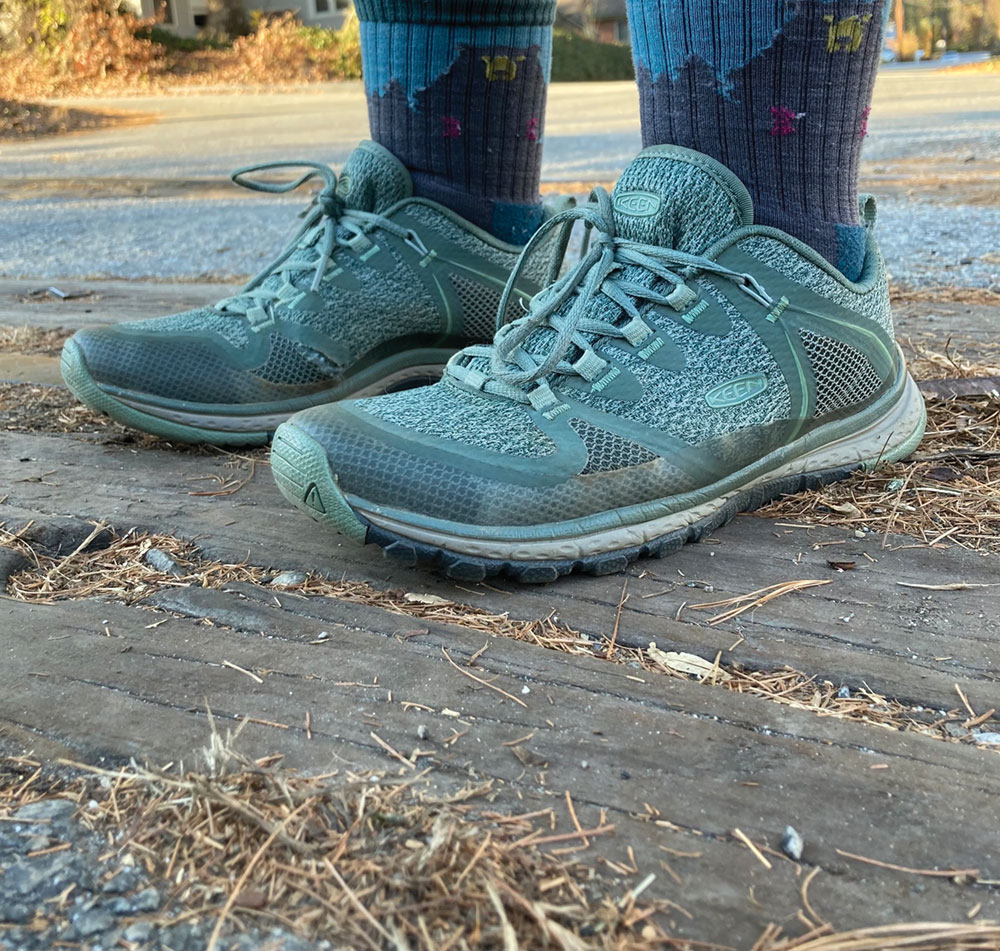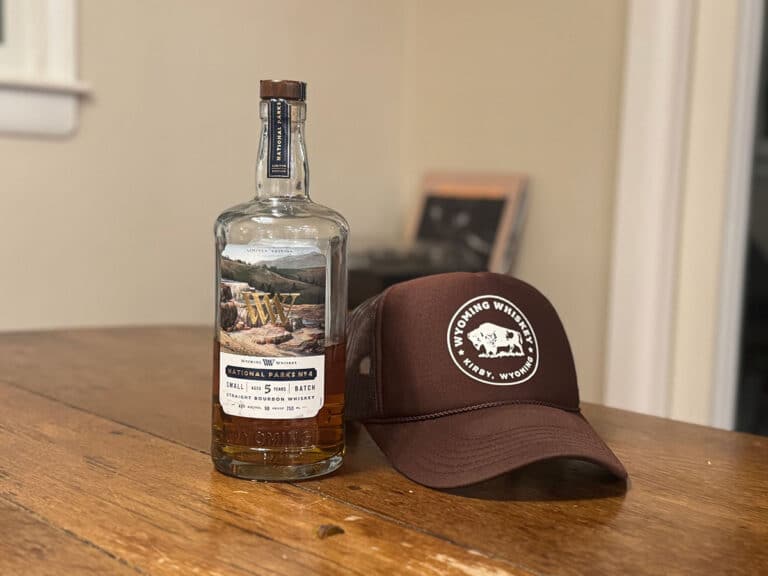When a runner receives an ominous diagnosis, she rethinks her sport.
I have weird feet. The first person to notice was the doctor who pulled me from the womb. My mother’s stomach was still smiling ear-to-ear from the Caesarean when the obstetrician turned to her and frowned. “Well,” he sighed, his gloves a gory mess of innards, “she won’t be a foot model.”
Imagine my mom’s horror. The poor woman’s uterus was flopped outside her body and now this dude was ruminating on foot modeling? That’s when a nurse revealed my tiny hooves. On each foot, my second and third toes were fused in a webby mess of skin. They were like little paddles, ready to dive back into the amniotic fluid and escape the impending doom of ill-fitting footwear.
It only got worse from there. In elementary school, I developed high arches and abnormally wide feet. As a kid, I dreaded special events because it meant hunting for fancy shoes. After hours in a department store, my face would be sweaty and my heels would be blistered. Intent on escaping this special hell, I would grab the nearest pair of flats, convince my mom they fit, and spend the following weekend limping around as a flower girl at a cousin’s wedding.
Young adulthood didn’t get much better. After college, I again found myself in a department store, shoving my paws into sandals and ankle boots like a crazed Cinderella. Finally, I found a pair of shoes that looked like wooden clogs. They were undeniably ugly, especially the faux buckle that concealed a strip of velcro. Still, I wore those hideous Mary Janes until sock lint compromised the velcro’s integrity. Even then, I just learned to walk slower. If I ever rushed off to a meeting, I would hear a horrible ripping sound and my shoes would go flying.
But here comes the part where I tell you that life turned around, right? That my feet experienced a magical glow up. That the doctor was wrong. That, against all odds, I became a foot model. Except, that’s not what happened.
Instead, I got bit by the running bug.
I had already started dabbling in hiking and mountain biking, shedding weight from my 278-pound frame like crazy, when I decided to push myself harder. One afternoon at the gym, I stepped onto the treadmill. I started walking and progressed to a snail-like jog. It took me 20 minutes to finish that first mile, but I felt like Quicksilver. I was hooked. Soon enough, I ran my first 5K and placed second in my age group. A month later, I signed up for a half marathon.
The runner’s high tasted so sweet that I almost forgot about my weird feet. Then, one day during a 10-miler, a deep pain seared through my big toes. I stopped and choked down an energy gel, thinking I might just be bonking. But with each subsequent smack against the pavement, I felt like my bones were exploding. I hobbled the last four miles home, dunked my tootsies in ice water, and read up on the dangers of overtraining.
I took it easy for the next few weeks—I nixed my long runs and started doing nightly stretches. But the gnawing ache persisted. What’s worse, my toes had started falling asleep. Worried it might be a stress fracture, I reluctantly made an appointment with a podiatrist. His office was a depressing hovel in a half-empty strip mall. In the waiting room, it was just me and a dozen pamphlets about functional diabetic shoes. “Shit,” I worried to myself, “I’m practically a senior citizen.”
The podiatrist did little to quell my fears. After taking some X-rays and awkwardly massaging my sockless toes, he offered a bitter verdict. “Well,” he sighed, “you’re not going to be a runner.” He went on to say that the X-rays revealed arthritis in my toe and ankle joints, likely because of my high arches and history of obesity. The podiatrist urged me to pick up another sport. If I continued running long distances, he said, I could damage the nerves in my feet.
I left the doctor really frigging bummed. It sounds dumb, but as a chunky kid, I would literally dream about running. My eyes were closed but I was effortlessly sprinting through a field. Then I would wake up. This diagnosis felt like that—like being jarred from a dream. I was in too much pain to run to the mailbox, much less 13.1 miles, so I pulled the plug on training. I didn’t run a single step until I met my soon-to-be wife a year later.
My wife Ashley isn’t a runner. She actually abhors all cardio. But what she lacks in vascular stamina, she makes up for in levelheadedness. While I tend to think in black and white, Ashley thinks in maybes. Like, maybe if I approached training differently, I could still run. Or maybe, if I didn’t try to be the next Courtney Dauwalter, I could still log some miles.
Despite my skepticism, I followed Ashley’s lead. We dialed in my nutrition and planned rest days. We slowed down the pace and developed our own sport, one we dubbed “wogging” (walking + jogging). Perhaps most importantly, we ordered some orthopedic inserts. Today, two years later, I’m proud to say that I can shuffle a few miles on a regular basis. What I’m doing definitely isn’t what others might consider running, but it’s running in the sense that I’m putting one foot in front of the other. And for weird feet like mine, that’s good enough.
Cover photo: The author’s feet, in faster times. Photo courtesy of the author








